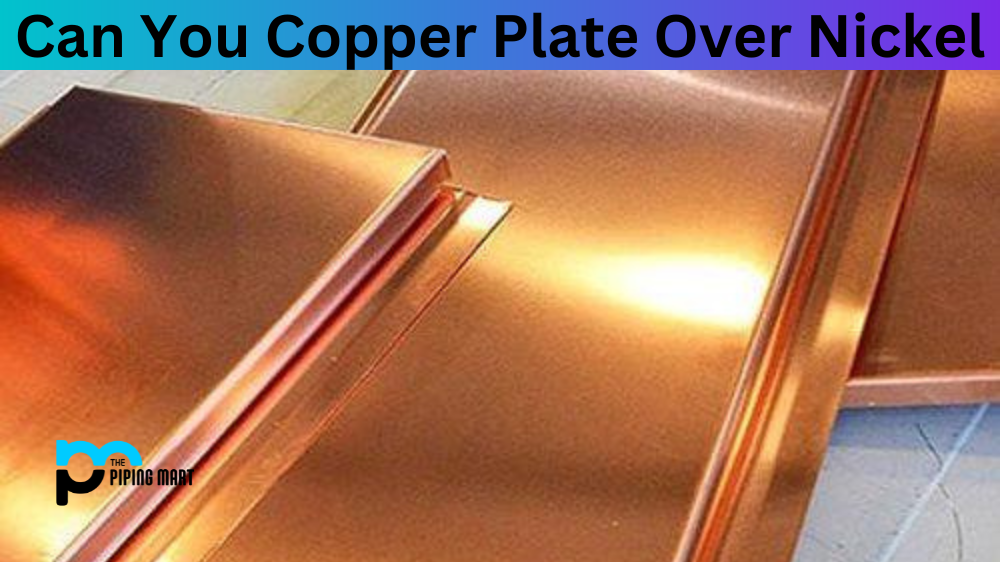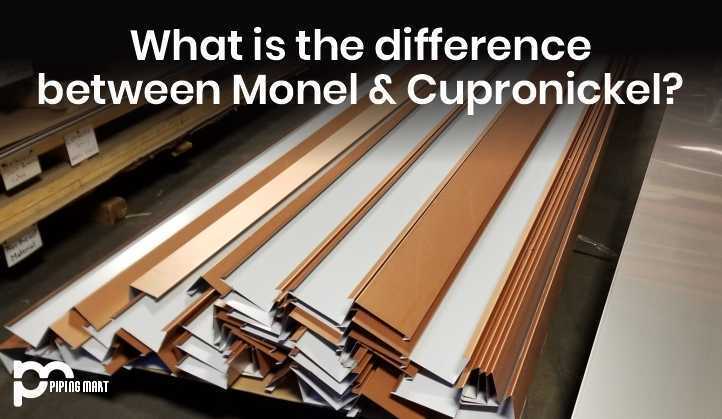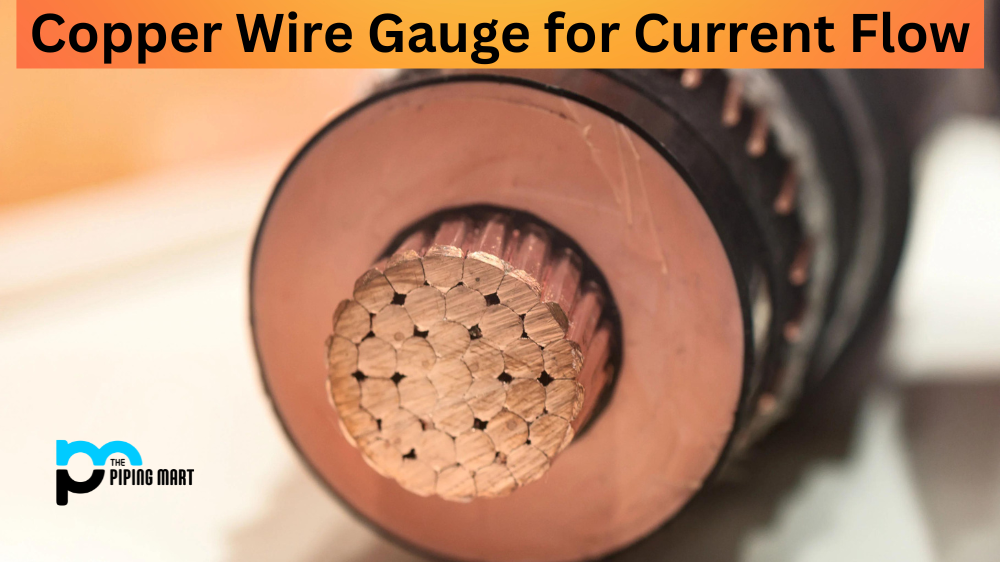Thanks to its durability and conductivity, copper is a popular metal in various industries, including electronics, jewellery, and plumbing. However, sometimes it is necessary to plate another metal, such as nickel, to improve its properties or change its appearance. But what if you want a copper finish instead? Is it possible to use a copper plate over nickel? In this article, we’ll explore the electroplating techniques used to plate copper over nickel and the challenges that come with it.
First, it’s worth noting that copper plating over nickel, also known as Cu/Ni plating, is a common technique in the electroplating industry. This is because nickel is a great base metal for copper plating. It provides smooth and even surfaces with good adhesion, which is essential for a successful plating process. However, some factors can affect the quality of the copper plating.
One issue that can arise during Cu/Ni plating is porosity or pinholes in the nickel layer. If the nickel layer isn’t smooth or consistent, then this can cause problems with the copper layer, such as blistering or peeling. The nickel layer should be properly prepared to avoid this, which may involve cleaning, polishing, and activation. Additionally, the thickness of the nickel layer should be sufficient to provide a good base layer but not too thick that it interferes with the appearance of the copper finish.
Another challenge with copper plating over nickel is ensuring that the copper layer is uniform and defects-free. Electroplating is a complex process that involves applying an electric current to the surface of a metal substrate, causing metal ions to be deposited onto the surface. To ensure an even distribution of copper, the current must be carefully controlled, and the plating time and temperature must also be optimized. If any of these factors are off, then the copper layer may be uneven or have defects, which can affect the appearance and functionality of the finished product.
In addition, it’s important to consider the application of the copper-plated product. For example, suppose the copper-plated product is exposed to harsh environments, such as high humidity or corrosive chemicals. In that case, selecting a copper-plating process that provides adequate corrosion resistance is important. This may involve using a specific copper plating solution, such as an alkaline one with superior corrosion resistance properties.
Finally, it’s worth noting that copper plating over nickel can also achieve different finishes, such as antique or patina finishes. This is achieved by adding various chemicals or treatments to the plating solution that create a different appearance on the surface of the copper layer. For example, adding a liver of sulfur to the plating solution creates a black patina finish, while using a solution with a high copper content can create a reddish or brownish antique finish.
Conclusion
In summary, copper plating over nickel is a common technique in the electroplating industry, but it requires careful preparation, control, and optimization to achieve a high-quality finish. Several challenges exist, including nickel layer porosity, copper layer uniformity, corrosion resistance, and finish options. Still, with the right techniques and solutions, it is possible to achieve a beautiful and functional copper-plated product. Whether you’re working in electronics, jewellery, plumbing, or any other copper industry, knowing the basics of Cu/Ni, plating can help you achieve your desired results.

Pipingmart is a B2B portal that specializes in metal, industrial and piping items. Additionally, we share the latest information and information about materials, products and various types of grades to assist businesses that are involved in this business.




